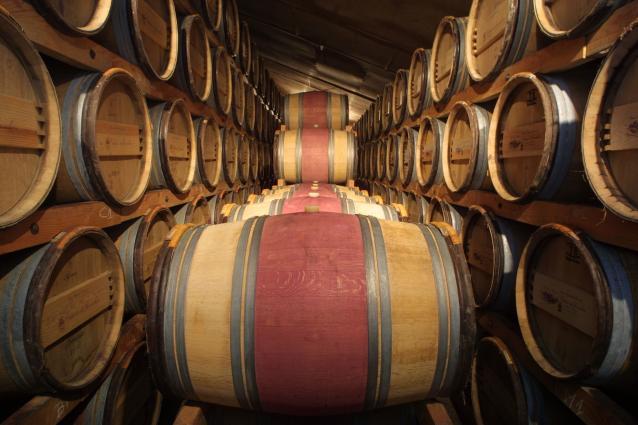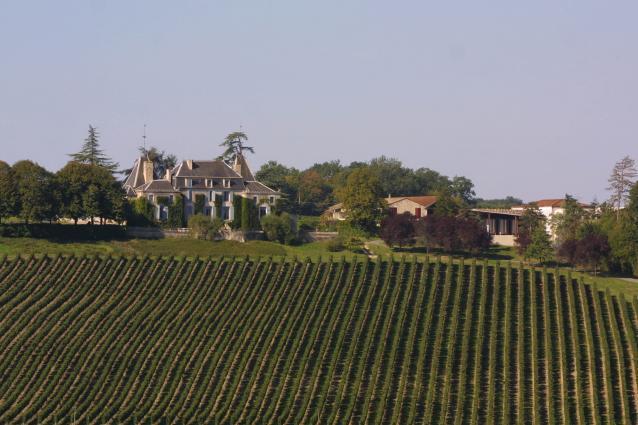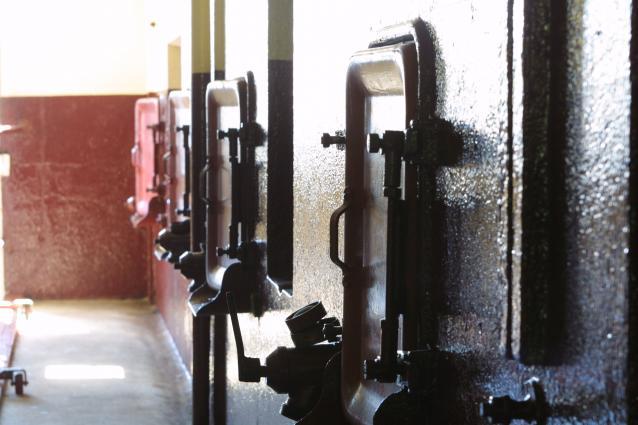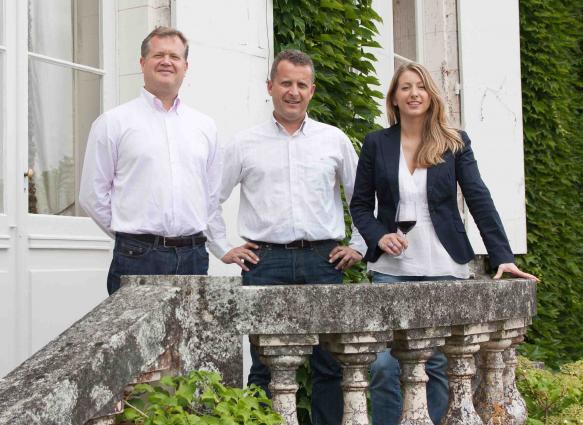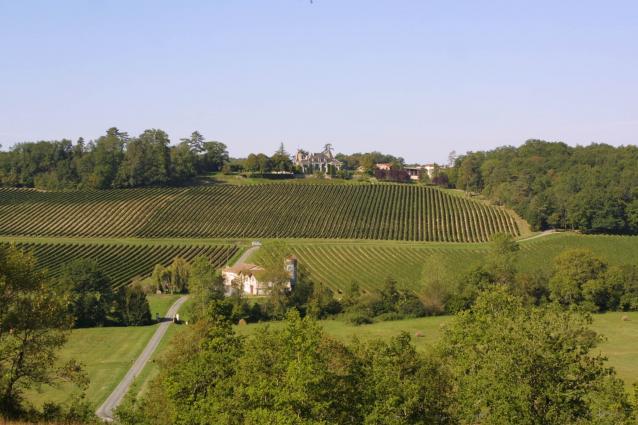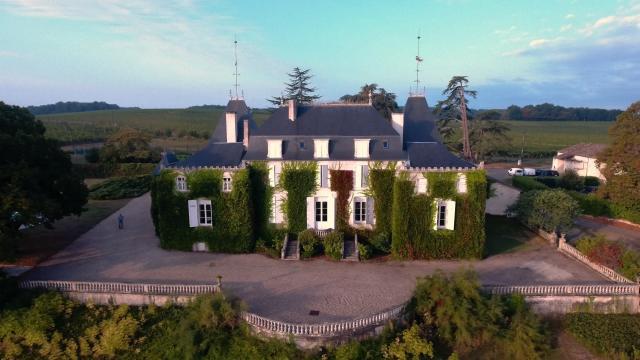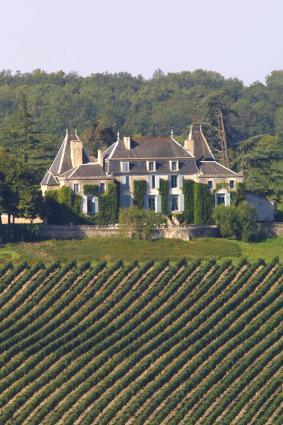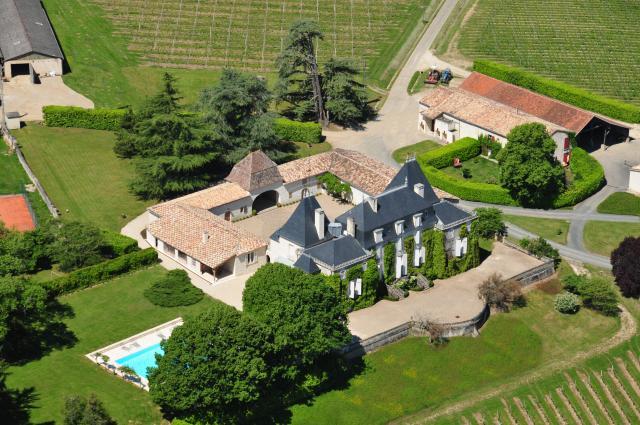Esprit de Parenchère
Esprit de Parenchère
Esprit de Parenchère is the Château’s exceptional cuvée, and is the quintessential expression of the Parenchère terroir. Produced in very limited quantities, this blend is made only on the very great vintages, so that its unparalleled quality is ensured. The winery's aim with this highly concentrated, very elegant wine is to show Parenchère at its best and to prove that wines coming from less well-known appellations can challenge the greatest Crus of Bordeaux.
Wine Production
The winemaking of the Esprit takes place in truncated cone shaped stainless steel tanks of 50 HL to ensure a good marc immersion. The grapes are harvested at low temperatures, only from dawn until the end of the morning. Before the start of fermentation, cold maceration (at less than 10°C) takes place over 6 to 7 days in each vat. Fermentation then follows, at a temperature no greater then 28°C enabling fruit substances to be gently extracted to form subtle, elegant tannins. The extraction of color and tannin is obtained by manual cap-punching. The wine is then aged for 14 months in French oak barrels on fine lees using the micro-oxygenation technique.
Tasting Notes
Bright dark inky color. Pure and ripe nose offering some roasted new oak, smoky notes, violet and crushed dark berries. Very glossy and polished palate with great freshness, intense and ripe tannin, layers of dark fruit, integrated oak and a long dense finish.
Food Pairing
This wine, similar to a grand cru, is both smooth yet very dense and full-bodied. Enjoyed in its youth, it perfectly accompanies grilled prime ribs with porcini mushrooms.
Esprit de Parenchère is the Château’s exceptional cuvée, and is the quintessential expression of the Parenchère terroir. Produced in very limited quantities, this blend is made only on the very great vintages, so that its unparalleled quality is ensured. The winery's aim with this highly concentrated, very elegant wine is to show Parenchère at its best and to prove that wines coming from less well-known appellations can challenge the greatest Crus of Bordeaux.
Wine Production
The winemaking of the Esprit takes place in truncated cone shaped stainless steel tanks of 50 HL to ensure a good marc immersion. The grapes are harvested at low temperatures, only from dawn until the end of the morning. Before the start of fermentation, cold maceration (at less than 10°C) takes place over 6 to 7 days in each vat. Fermentation then follows, at a temperature no greater then 28°C enabling fruit substances to be gently extracted to form subtle, elegant tannins. The extraction of color and tannin is obtained by manual cap-punching. The wine is then aged for 14 months in French oak barrels on fine lees using the micro-oxygenation technique.
Tasting Notes
Bright dark inky color. Pure and ripe nose offering some roasted new oak, smoky notes, violet and crushed dark berries. Very glossy and polished palate with great freshness, intense and ripe tannin, layers of dark fruit, integrated oak and a long dense finish.
Food Pairing
This wine, similar to a grand cru, is both smooth yet very dense and full-bodied. Enjoyed in its youth, it perfectly accompanies grilled prime ribs with porcini mushrooms.
Brand Materials
Vineyard & Production Info
Winemaking & Aging
Analytical Data
About the Vineyard
The grapes for Esprit come from vines that are 50 years old with very low yields, representing the three best plots of the estate. The vines are planted on chalky clay soils, on the estate’s best exposed plots and solely on hillsides so that rainwater drains away naturally.
